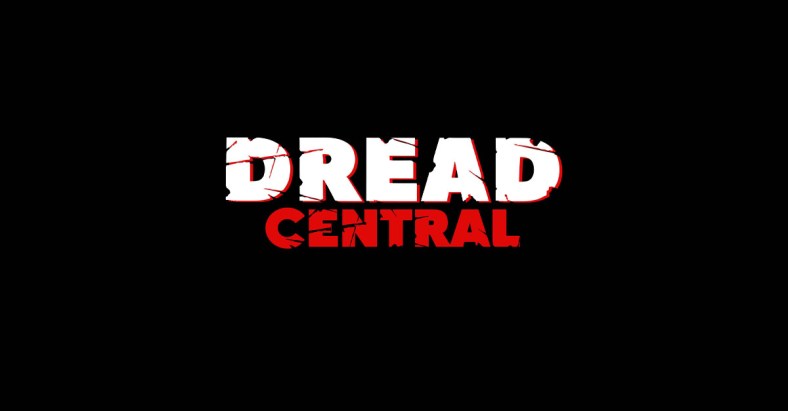Guest Blog: Seven Reasons Why Most Horror Directors Aren’t Reaching Crowdfunding Goals

They each turned to crowdfunding for their film projects. But neither Joe Dante (Burying the Ex) nor Stuart Gordon (Nevermore) reached their goals. And it doesn’t look like Dario Argento (The Sandman) or George Romero’s son, Cameron (Origins), will either. (The last two are failing the “30% rule” explained below.)
These are well known directors with high profile projects and horror fans are a loyal and generous crowd, always willing to fund a new film by these masters of the genre. So what went wrong or is going wrong? Here are seven tips that all filmmakers should abide by before they consider crowdfunding their film.

1. At least two months before you post your project, launch a Twitter account in the name of your film. Twitter has proven to be faster than Facebook in spreading the word about a project. And you can rig it so it automatically posts each tweet to your Facebook account, saving you a lot of time.
2. You and everyone in your crew should open Twitter accounts in your own names. That way, you can easily re-tweet (RT) each post from your film’s Twitter account. I call your online presence your “heartbeat” so the more tweets and RTs you have about your project before you post it, the better your chance for success since awareness will already be established. (And all your current/new followers are your “base” that will help fund your project during the first week it’s posted.)
3. Keep your funding trailer short, two minutes or less. Crowdfunding stats show that people click off your trailer at the 20-second point if you haven’t engaged them. That’s right—you have 20 seconds to convince someone to pledge to your project. And anything over two minutes is really too long. Keep it short, compelling, and with a call-to-action repeating at least three times.
4. Limit your premiums to only six to eight items. Again, stats show that the fewer pledge options you have, the more likely people will pledge. More than eight options tend to confuse people and they feel overwhelmed, so they don’t pledge.
5. Don’t bother with $1 or $5 or $10 pledges. You need a lot of money fast, and stats show that most people will give $20, so start there. Remember, the clock is ticking against you once you post your project so you want a lot of money as quickly as possible.
6. You have one chance at getting the press’ attention, so don’t use it announcing your project. That’s right; don’t use the press upfront. Here’s why: Remember the suggestion to start building your social media presence—your heartbeat—two months before you post your project? Those contacts are your base and they are the ones you announce your project to. And you ask each of them for a specific amount to pledge when your project starts. Most will give you that $20 or more since you’ve been in touch with them for two months. (It’s called relationship marketing since you are building a relationship with them.) So they are all contributing hundreds and thousands of dollars to your project. That way, when you do have the press reporting about your project five to seven days into it, people visiting your project will see significant funds have already been pledged. There’s nothing worse than reading about a director’s project and you visit the site and nothing or only a few hundred dollars are pledged. When the press announces your project, you’ll get a nice bump of new people who will hopefully pledge to a project that already shows a lot of activity.
7. Know the 30% rule. In crowdfunding, momentum is king—and key. That’s why you want to have your “base” behind you before you post the project. Stats show that if you launch and 30% of your goal is quickly pledged within the first week, you have a 90% chance of reaching your target. And this 30% comes from the contacts you’ve cultivated two months before your product was launched. So remember: Campaigns that obtain 30% of their goal within the first week are more likely to succeed.
What happens if you haven’t reached 30% of your goal in the first week? Do you continue on or pull the plug and start over? Stats show that depending on the platform used, it’s estimated that only 14% to 40% of crowdfunding efforts succeed in reaching their goals. So most fail, and if you do, you’re not alone. Try again—just be sure to follow the above seven guidelines, and you’ll have a much better chance at reaching your funding goals.
– Jeff C. Stevenson
For more information about succeeding in your crowdfunding goals, click here. Jeff C. Stevenson has decades of experience as a creative director/copywriter in marketing and advertising, and he is now using his skills to help filmmakers bring their projects to life. Plus he loves horror films!
Categorized:Editorials News

